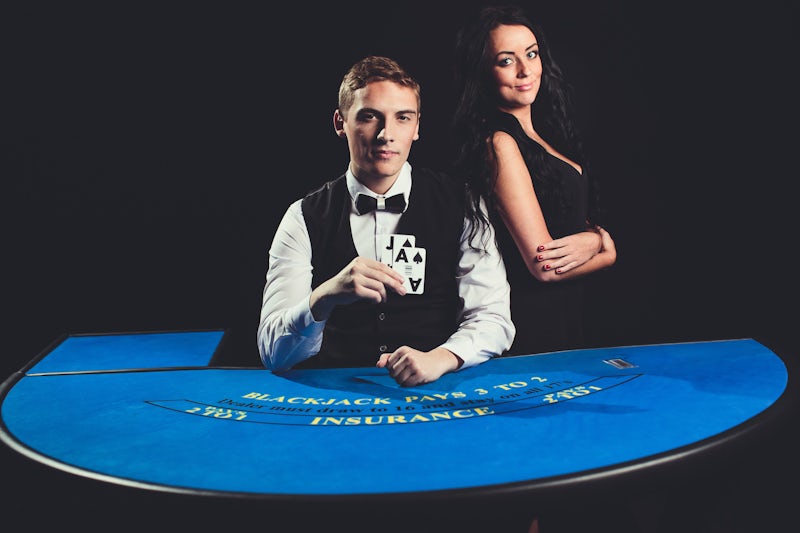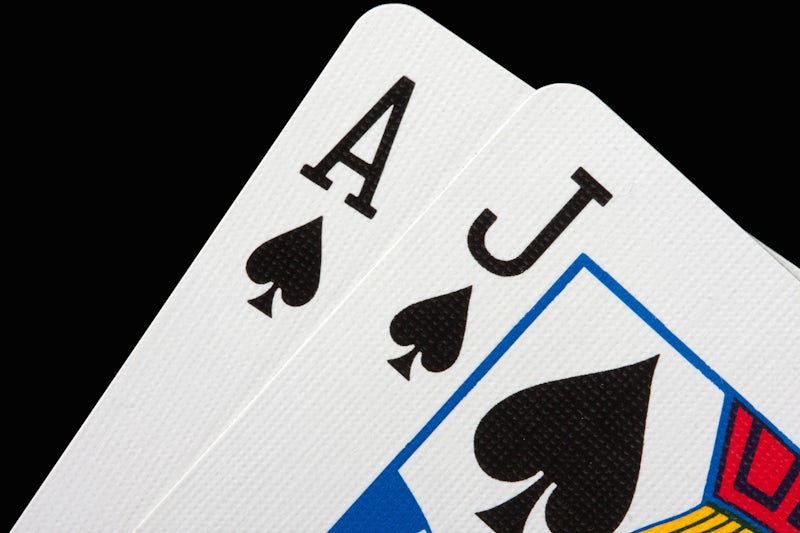ADVERTISEMENT
The House Edge in Blackjack: Everything you need to know

Visiting a land-based or an online casino is a form of entertainment. Both enterprises have significant overheads, so they need to make a profit to exist. Once we get over this reality, we begin to accept there must always be a house edge, and that it’s a small price to pay for a heap of fun.
Blackjack house edge explained
The house edge is the name given to the percentage a casino will win over the long-term in a particular game. In blackjack, the house edge over an inexperienced player is around 2%.
What does that mean? Well, in simple terms, you can say that for every $100 you bet in blackjack, you’ll lose $2. Of course, there are wild short-term swings. You might finish a session a couple of hundred bucks up, or you might have a bad streak and lose $50 in a matter of hands.
However, in the long term, statistically, the blackjack house edge percentage stands at 2%.
Reducing the blackjack house edge
Say what? That’s right, you can bring the blackjack house edge down to around only 0.5%, but it means following a solid blackjack strategy. By knowing when to double down or split, or having a better understanding of when to stand, you will significantly improve your chances of winning.
Learning a strategy is no hardship, and there are charts you can print out that tell you the optimum play in just about every situation.
At 0.5%, the house edge for blackjack is one of the lowest profit margins of any game in the casino (except, maybe, some video poker games). However, the management loves to keep the blackjack tables full because so many customers show up for fun and don’t grasp basic strategy. They will take another card when they should stand, or they won’t see the need to double down even if their first two cards total 11.
The blackjack house edge with basic strategy is there to take – you need to read up a little first.

How does the house edge work in blackjack?
The key advantage for the dealer is that the player acts first. Often, the player will bust, losing his stake, without the dealer having to do a thing. If the player stands, the dealer still has a chance of winning the hand.
However, variations in game rules (you can find several different types of blackjack in any casino), can swing the house edge even further in the house’s favor.
Take note of the number of decks, for example. The single-deck blackjack strategy house edge is a little lower (around 0.25% lower) than games with multiple decks. That’s mainly because it’s easier for the players to keep track of the number of high or picture cards in play. We should note that card counting is frowned upon, but you can make more accurate guesses of what the next card might be.
Another rule that can change the odds is whether the dealer has to take another card on soft 17. If not, there may be times when the dealer standing on 17 wins him the hand. Other rules include whether you can double down after a split. If you can, the house edge falls by around 0.15%.
Does your blackjack game allow you to surrender, which means giving up your hand without taking another card? You get half your stake back, and this can be a beneficial play for the player.
Finally, check the game’s odds for hitting blackjack. Traditionally, the casino pays out 3-to-2 for a blackjack, so if you wager $10 and hit blackjack, you get $15 back. However, some games in some casinos offer a miserly 6-to-5 return for blackjack. You can see how that hits a player’s bottom line.
Learn some basic blackjack strategy and enjoy the game
While we’ve seen that some rule variations will reduce the blackjack house edge, the most significant way to save some of your losses is by learning a basic strategy.
The good news is you can play blackjack for free at TwinSpires Casino while you hone your skills. When you’re ready to sign up and play for real money, make sure that you take advantage of the welcome bonus.
ADVERTISEMENT